No Results Found
The page you requested could not be found. Try refining your search, or use the navigation above to locate the post.
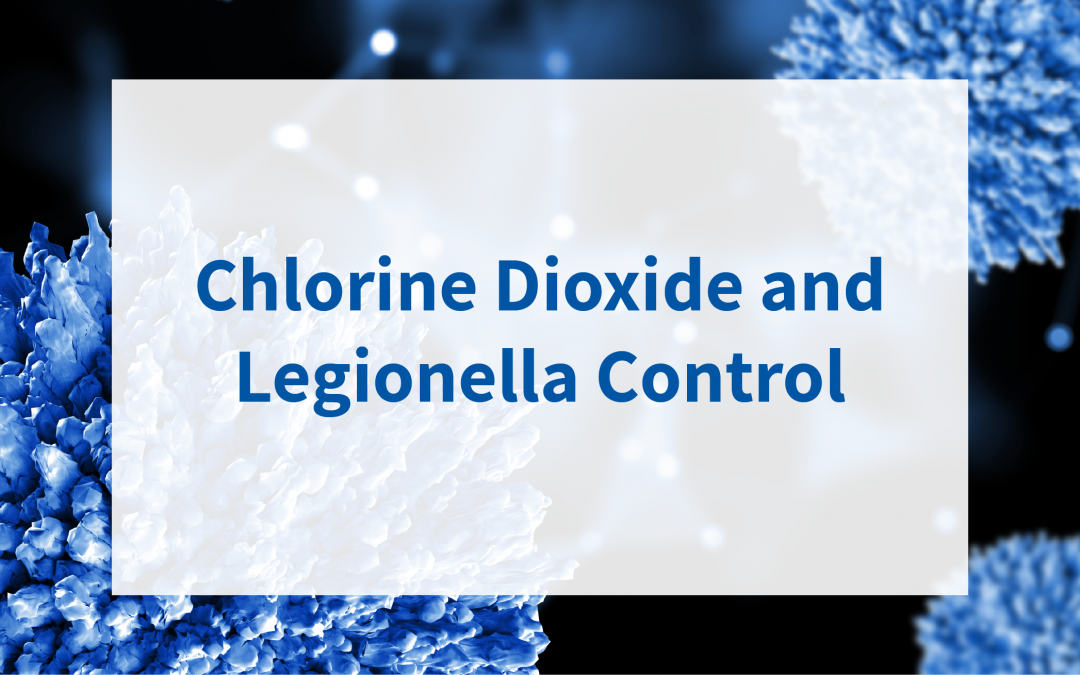
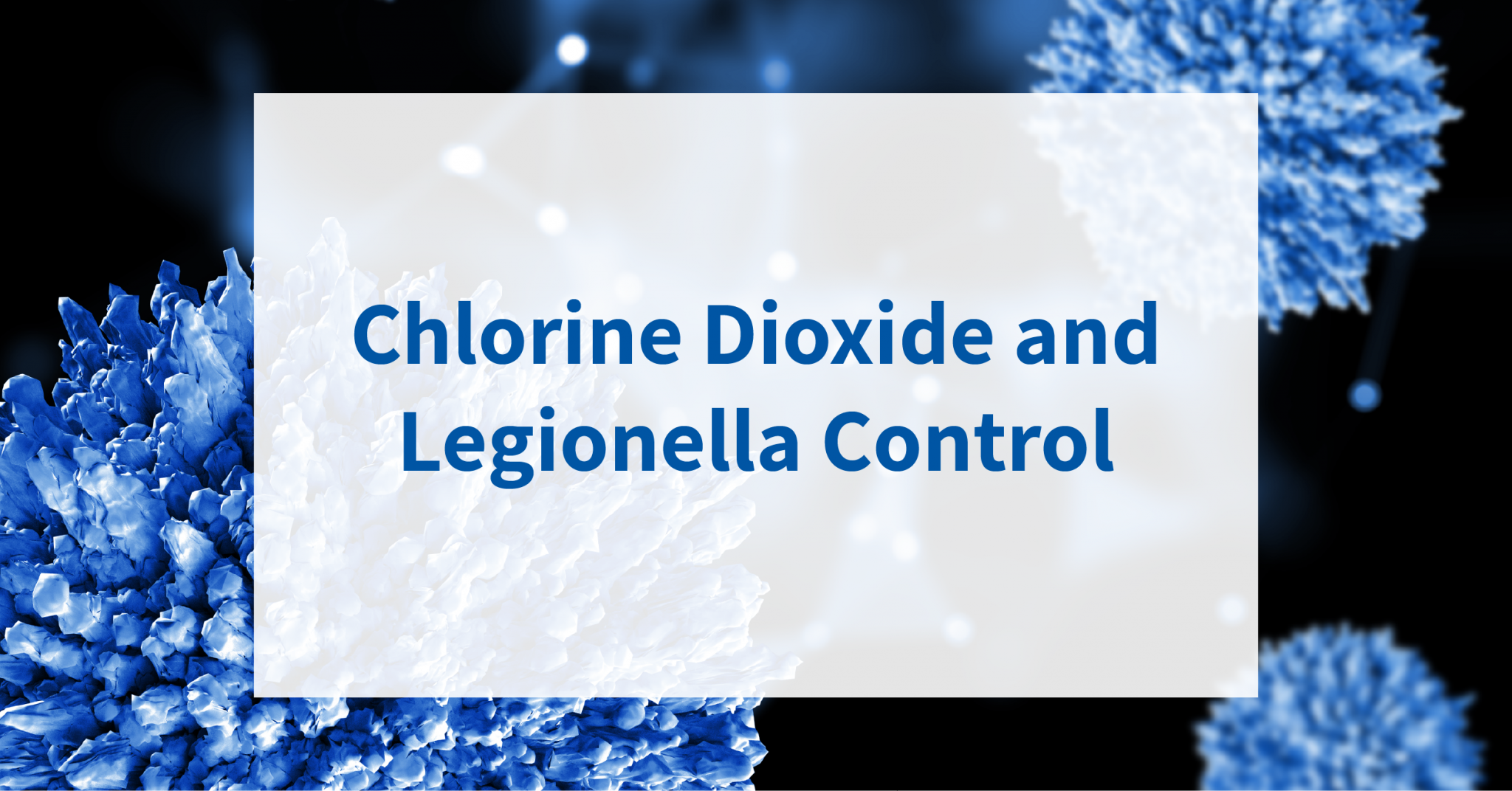
Legionella is a bacterium found in soil and water. When it occurs outdoors, it usually does so in low concentrations and doesn’t cause problems. However, when it grows inside artificial water systems, such as hot tubs, hot water tanks, swimming pools, decorative fountains, or cooling towers, it can multiply to dangerous levels and result in Legionnaires disease in humans. This is a serious form of pneumonia which can be fatal.
There are, in an average year, around 200-250 confirmed cases of Legionnaires disease in England and Wales. Approximately half these cases are the result of local contamination, while the rest can be traced to overseas travel. As it’s a major public health concern, the relevant local authorities must be notified of any Legionnaire’s disease diagnosis so the original source of infection can be investigated and eradicated.
As it’s such a serious health and safety issue, building owners and managers must stay on top of monitoring water supplies for the bacteria and administer treatments as necessary. In the UK, there are very specific health and safety regulations detailed in HSG274. Chlorine dioxide is one of the chemical treatments recommended for making water safe and protecting customers, staff, and residents from Legionnaires’ disease.
Legionnaires disease is spread when people breathe the bacteria in via microscopic water droplets (aerosols), which then infects their lungs and/or respiratory system. It’s not passed from person to person, instead people moving through the same location are likely to become infected at the same time.
Legionella outbreaks can occur in industrial, commercial, hospital, or even domestic settings, in fact anywhere where quantities of water are stored within the temperature range 30-42ºC. It becomes dormant at lower temperatures, but can revive as soon as the water warms up again. With the right nutrients, the Legionella population can double every 3-4 hours. It thrives in water systems where the usual flow (which disturbs colonies’ growth) is halted for a period of time, such as an office building that has been closed during a pandemic.
Cases of Legionnaires disease can be particularly dangerous in patients who are over 50, smokers, or have an underlying immunodeficiency disorder. Initial symptoms include cough and headache, but this can rapidly progress to chest pains, vomiting, and mental confusion. If left untreated, it may result in respiratory failure, septic shock, or acute kidney failure.
Looking for an efficient way to control the risk of Legionella in your premises?
Legionella bacteria develops inside a protective polysaccharide slime, or biofilm. This layer of microorganisms forms on surfaces that come into contact with water. At even a low concentration of 0.1 ppm, chlorine dioxide penetrates both the biofilm and the bacteria cell walls. It oxidizes the amino acids in the cytoplasm within cells, effectively destroying the bacteria and the nutrients they feed off. Chlorine Dioxide works rapidly and is effective over a wide temperature and pH range.
Chlorine dioxide is a volatile gas, which is difficult and potentially dangerous to store. Therefore it’s usually generated on site, as needed, in a stable solution form that is much safer to handle. Chlorine dioxide solution can be derived in a number of different ways, one of the most common is the controlled reaction of low strengths solutions of sodium chlorite NaClO2 and hydrochloric acid. The resultant chemical reaction forms chlorine dioxide (ClO2) and salt and water. As this solution is fresh, precise doses can then be injected into the water system as and where required, so the biocidal action can begin.
The team at ProDose has many years of experience with Legionella prevention and eradication. We can advise you on your level of compliance with the current Approved Code of Practice L8 for control of Legionella bacteria in water systems. We also have a great deal of expertise in designing and maintaining safe water treatment strategies for a variety of buildings, including offices, universities, hospitals, factories, schools, and sports stadiums. We can help you upgrade your existing system or provide you with the latest state-of-the-art equipment. The first step is to give us a call and set up a consultation.
If you are interested in upgrading your existing system or are looking for state-of-the-art equipment, please get in touch with us at Prodose. We’d be very happy to talk to you confidentially and on a no-pressure basis.
The page you requested could not be found. Try refining your search, or use the navigation above to locate the post.

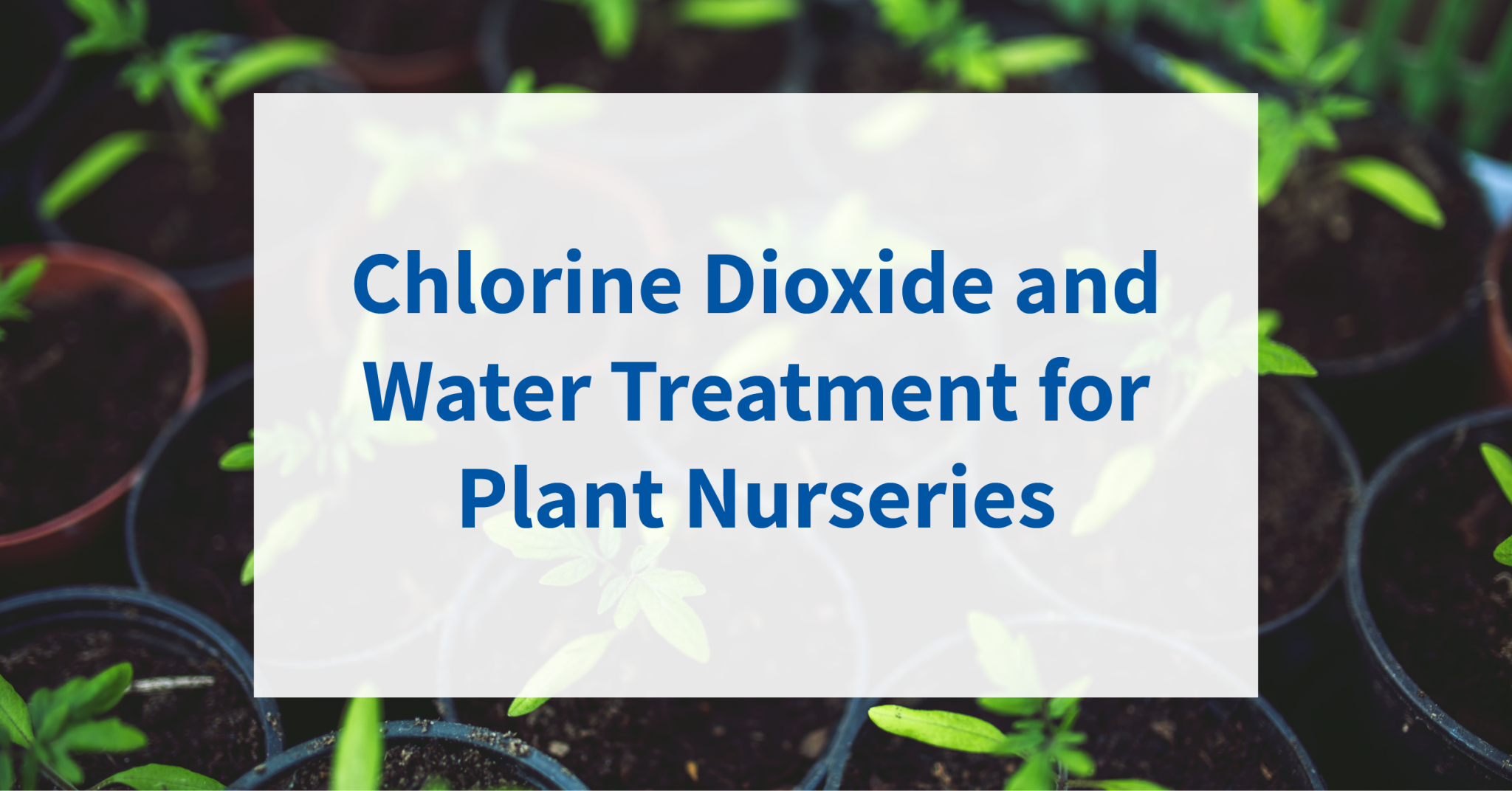
Horticultural facilities, such as plant nurseries, face many of the same water sanitation issues as their agricultural counterparts. These issues include keeping ornamental and food plants healthy, maintaining sanitized equipment, especially irrigation and water recycling systems, and controlling the growth of algae and other harmful microbes.
Treating water with chlorine dioxide solves these problems. It’s also safe, effective at a wide pH range (4-10), and cost efficient for most installations. Finally, chlorine dioxide is odor free, which means it in no way interferes with customers’ experience as they visit a nursery to pick out their plants.
Chlorine dioxide is easy to use. It is a water soluble gas that can be generated on site, as required, then injected directly into irrigation lines. It is an effective disinfectant at a low concentration, below 1.0ppm.
Most plant nursery owners would agree that keeping plant stock healthy (and therefore attractive to customers) is a big priority. Chlorine dioxide water treatment can be a powerful tool in the fight against plant disease. Even in relatively low amounts, chlorine dioxide added to water can protect against plant pathogens .
For instance, research has shown that chlorine dioxide prevents the spread of Fusarium oxysporum in daffodils during hot water treatment. When used as a dipping agent, it is also effective in reducing Botrytis grey mould in roses. If added to irrigation water, such as that gathered from collection ponds, it kills other pathogens such as Thieloviopsis basicola, Botrytis cinerea, and Clavibacter michiganesis. Chlorine dioxide is effective both if added in small amounts to the regular supply, or as a “shock treatment” at a higher concentration (20-50ppm) in order to target a specific outbreak of a pathogen, or as a periodic cleanse.
Chlorine dioxide is especially useful as a disinfestant as it can be used to control plant diseases during production and post-harvest.
The layer of green slime sometimes visible inside a water treatment system is known as biofilm, and it consists of a living mass of organic and inorganic elements that cluster together for survival. Unfortunately, biofilm and the organisms lurking within it thrive on any surface that is in regular contact with water, and that includes the irrigation and return lines, holding and mixing tanks, and containment vessels of typical plant nursery irrigation equipment. Biofilm also grows quickly inside liquid fertilizer lines. If its development is left unchecked, it can block pipes, affecting water flow and pressure, as well as spreading pathogens among plants.
Once again, chlorine dioxide water treatment solves the problem. Once dissolved in water, chlorine dioxide moves freely within the irrigation system. It attacks the surface of the biofilm, destroying it right down to the surface it sits on and, if part of a constant injection system, stops it from re-establishing itself. Chlorine dioxide prevents biofilm regrowth at concentrations as low as 0.25ppm in irrigation water.
Looking for an easier way to generate Chlorine Dioxide on site?
Chlorine dioxide can be added to a plant nursery irrigation system with minimal environmental consequences— as long as levels are constantly monitored. When it reacts with microbes, chlorine dioxide does not form any harmful compounds such as trihalomethane, chloramines, chloroform or other halogenated disinfection by-products (DBPs). It dissipates swiftly once water is exposed to air. This means that treated run-off water can continue to circulate within the irrigation system, reducing labour and waste costs. As chlorine dioxide functions as a disinfectant in such a dilute form, it’s not necessary to clean the system after its use with aggressive chemicals, which may corrode plastic pipes and limit equipment life.
If you’re interested in learning more about chlorine dioxide as a water sanitization solution for plant nurseries and other horticultural businesses, please contact the team at ProDose. We have many years of experience in this specific field and can design, install and maintain every element of your irrigation system, as well as supplying all necessary chemicals. Give us a call today!
If you are interested in using Chlorine Dioxide for your horticultural businesss, please get in touch with us at Prodose. We’d be very happy to talk to you confidentially and on a no-pressure basis.
The page you requested could not be found. Try refining your search, or use the navigation above to locate the post.
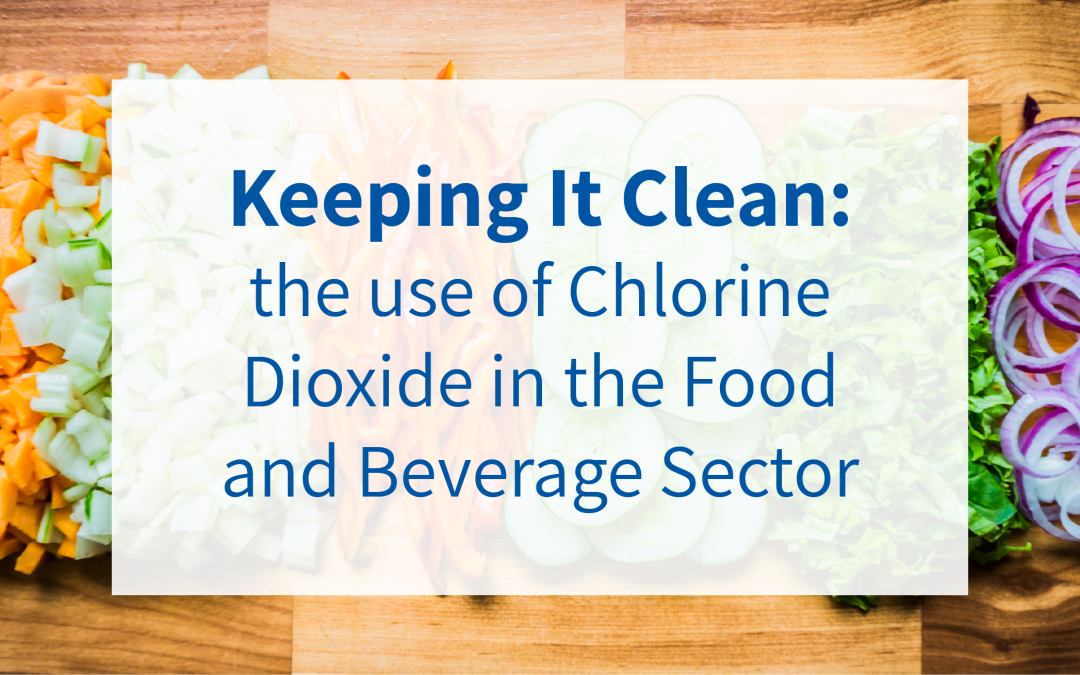
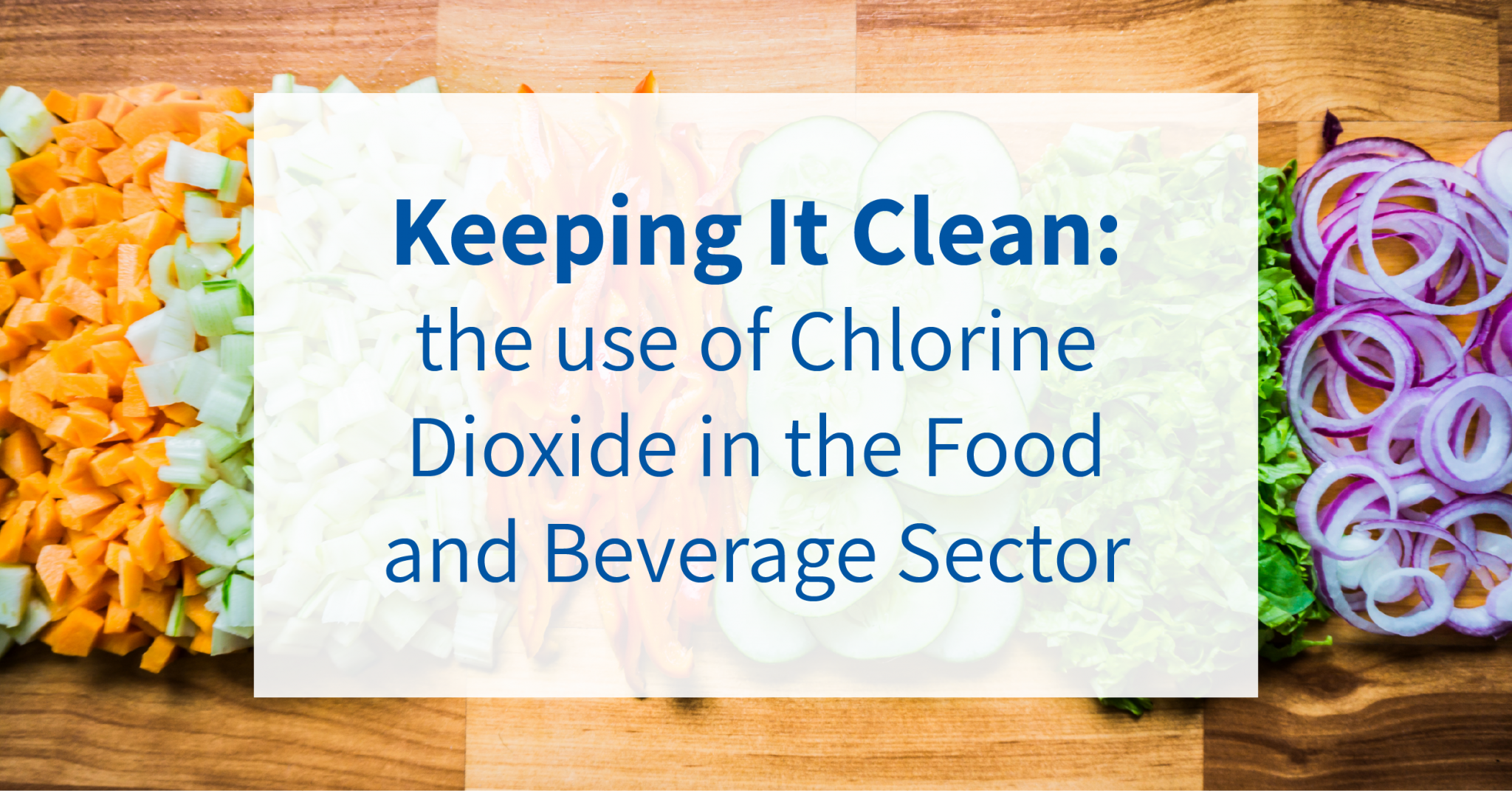
Chlorine Dioxide is a fast acting disinfectant, used in many different water treatment systems around the world. It’s a yellow or reddish-yellow gas, which breaks down into chlorine gas and oxygen when heated. Chlorine dioxide is quite volatile so it is usually manufactured as a stable solution on site and on demand to avoid some of the issues associated with safe storage.
Chlorine dioxide solution can be derived in a number of different ways, one of the most common is the addition of sodium chlorite NaClO2 and hydrochloric acid. The resultant chemical reaction forms chlorine dioxide (ClO2) and salt and water.
Alternatively, a stabilized chlorine dioxide solution can be activated by small doses of a strong acid at timed intervals. This will release low quantities of gaseous chlorine dioxide.
Once added to water, Chlorine Dioxide goes to work very quickly. It remains stable in solution (unlike Chlorine) and therefore remains effective over a wide pH range. It doesn’t react with background organic matter in water (again unlike Chlorine) so it reaches the bioorganisms it’s designed to kill in larger quantities, more immediately.
Chlorine dioxide works as a bactericide, fungicide and antimicrobial agent, eliminating pathogens from the water and from the surface of washed produce. First, chlorine dioxide penetrates the biofilm, the protective polysaccharide “glue” that holds clusters of microbes together. As it doesn’t react with the inert sugars in this layer, it remains at full strength for the next stage. It then works by attacking the microbe’s amino acids and RNA, breaking down cell walls and preventing any further growth.
Chlorine dioxide sanitizes water without generating the same environmentally damaging byproducts as its competitors. For instance, chlorine bleach and bromide produce carcinogenic trihalomethanes when added to water. By contrast, Chlorine Dioxide breaks down to water, oxygen and common table salt, making clean-up much easier.
Chlorine dioxide is effective as a disinfectant across a wide range of water pH values. This means it’s suited to the closed loop systems commonly used by the food and drinks industry. When it reacts with bioorganisms, there is no resultant taint or odour – again crucial when washing meat, poultry, fish, or produce.
Looking for an easier way to generate Chlorine Dioxide on site?
Chlorine dioxide is an effective sanitizer at concentrations as low as 5 parts-per-million (ppm). As well as making it environmentally friendly, this means it’s much less corrosive to the stainless steel equipment vital to any food processing or washing plant . By contrast, systems that use hypochlorite solution often operate at much higher residual levels, and at these levels there can often be a detriment corrosive reaction with steels. This leads to extra repair and replacement costs, not to mention down time. Chlorine dioxide is also a very fast acting disinfectant, which makes it ideal for short contact cleaning, further reducing the wear and tear on a water treatment system.
If you have questions about the use of Chlorine Dioxide as a disinfectant in your specific water treatment system, please contact us here at ProDose. Our team of experts have many years of experience with chlorination processes and have installed sanitization systems in many different food and drink production facilities. We’re more than happy to discuss your options, from designing and installing a new system, to adapting and maintaining your existing set up. We also supply chemicals. Call or email us to schedule an appointment to discuss your water treatment needs.
If you are interested in using Chlorine Dioxide for your systems, please get in touch with us at Prodose. We’d be very happy to talk to you confidentially and on a no-pressure basis.
The page you requested could not be found. Try refining your search, or use the navigation above to locate the post.
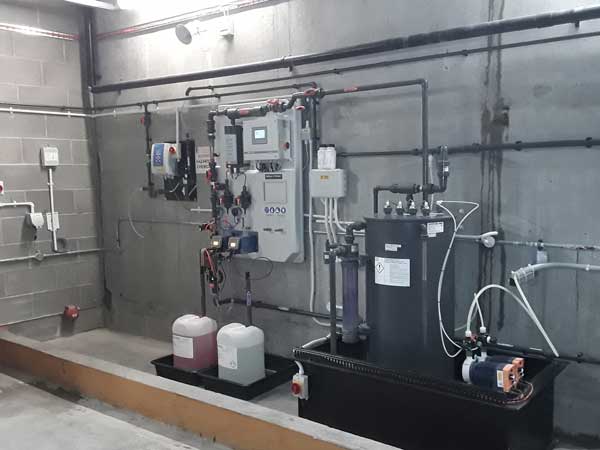
The dosing of water supplies with chlorine dioxide is a very common and effective method of preventing Legionella within buildings and facilities.
Prodose has recently specified and installed a chlorine dioxide generation system in a large, well-known sports stadium in the UK. This will help the venue to ensure a safe supply of water across all of the site facilities at all times.
The building management team got in touch with us because they were routinely finding low levels of chlorine dioxide in toilet facilities throughout the site.
We looked at the frequency and volume of water use within the stadium. As is usually the case with such venues, demand for water was extremely high during events but also very low at other times. This meant that, during long periods when water within the system was either not flowing or hardly at all, the levels of residual chlorine dioxide dropped down to unacceptably low levels.
We recommended the installation of a larger chlorine dioxide generator and an emissions-proof water storage tank. The large capacity of the generator would be able to keep up with the spikes in water demand during events, for example at half time when many audience members all visit the toilet facilities at the same time.
The water storage tank needs to be emissions-proof in order to prevent chlorine dioxide fumes from entering the plant room. The tanks are very large in order to cope with peak demands. This does however mean that water can be standing static in them at other times, so it is important to be able to monitor this water for chlorine dioxide level to ensure residual levels do not drop too low.
To enable this, we installed a tank recirculating line with a chlorine dioxide residual analyser. This constantly monitors the levels of chlorine dioxide and tops them up when they drop below a predetermined level.
The system has now been up and running for a period of time and the client has been very pleased to now be recording consistent levels of chlorine dioxide throughout the site. This has remained steady at all times, regardless of how long it has been since a large audience attendance.
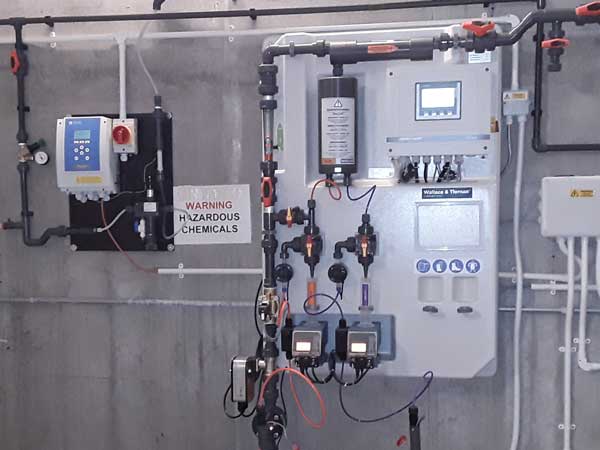
The page you requested could not be found. Try refining your search, or use the navigation above to locate the post.
The page you requested could not be found. Try refining your search, or use the navigation above to locate the post.
Is the chlorine dioxide dosing system within your facility providing you with sufficient residual levels to be sure your employees or visitors are protected at all times? If you have any doubts about the effectiveness of your system, or would like to find a smarter way to control your chlorine dioxide dosing, please get in touch with us. We can cover every aspect, from initial consultation to final commissioning of a new system.

The company produces various products for a number of clients. This includes privately labelled items for some well-known supermarkets.
They had a total of seven washers plus one plunge bath. The latter was used to wash a variety of salad leaves, shredded carrots and cabbage. At the time, they had tried various disinfection methods.
First steps
Initially, we undertook a small trial involving just one washer. The aim was to see how we could control the disinfectant levels of water in the machine using commercial sodium hypochlorite as a disinfectant and citric acid to maintain optimum pH levels.
We were able to prove that a better designed system would perform more reliably, and that as a consequence the level of microbial reduction was more consistent compared with previous techniques.
Main project
Following this success, the main challenge for Prodose was to provide a full-scale system that would control the levels of disinfectant in all seven washers and the bath, with each of these systems being individually monitored and dosed.
Cost savings
We installed the Ampro electrochlorination system. This enabled the client to manufacture sodium hypochlorite from salt on site as required. This had the benefit of reducing their dependence on chemical suppliers and helped to cut costs, given the relatively low cost of salt.
This low strength sodium hypochlorite solution is also relatively pH neutral, so we also installed a small citric acid dosing system in order to maintain pH levels. This also helped improve reliability by reducing the fluctuations in pH level.
Downtime reduced
In order to minimise downtime, the system was designed to treat the incoming water with sodium hypochlorite and citric acid as it entered the machines. This ensured that the water feeding each individual washer had a level of residual disinfection in line with the requirements of the produce being washed.
The fact that incoming water was at or close to the required levels of disinfectant had the effect of massively reducing “dwell time” – those periods during which the system pauses and waits for the dosing process to add more disinfectant to the water.
Constant monitoring
The washers were fed from a cold-water storage tank. This tank was fitted with a combined pH and free chlorine residual analyser. The system used the data fed back from this device to control the addition of sodium hypochlorite and citric acid, ensuring it was constantly maintained at the correct level before the water was distributed to the washers.
Each washer was then fitted with a free chlorine residual analyser, a device to measure the chlorine levels in the water. Each of these devices monitors the chlorine levels constantly.
As chlorine is consumed, a control algorithm calculates how much disinfectant is needed to replace it and activates a sodium hypochlorite dosing device, which adds a controlled amount of chlorine into each washer.
Data for traceability
The client could now use data from the system to evaluate how well it was performing, and to archive for future reference. Should there be any issues regarding contamination of products after they left site, the client would be able to produce records to demonstrate that the disinfectant level had been maintained on a specific date.
As well as the peace of mind from having a fully traceable system, the client was now able to achieve a higher level of productivity, as well as minimising costs from only having to purchase salt.
Overall, a this has been a very successful project – and something we can replicate for any food processor who currently does not have an automated disinfection system.
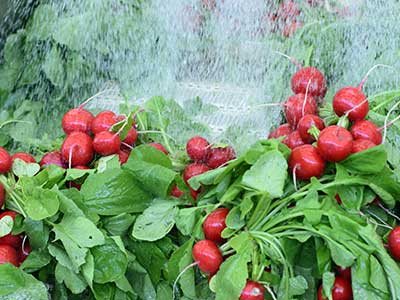
The page you requested could not be found. Try refining your search, or use the navigation above to locate the post.
The page you requested could not be found. Try refining your search, or use the navigation above to locate the post.
If you are interested in upgrading your system in this way, please get in touch with us at Prodose. We’d be very happy to talk to you confidentially and on a no-pressure basis.